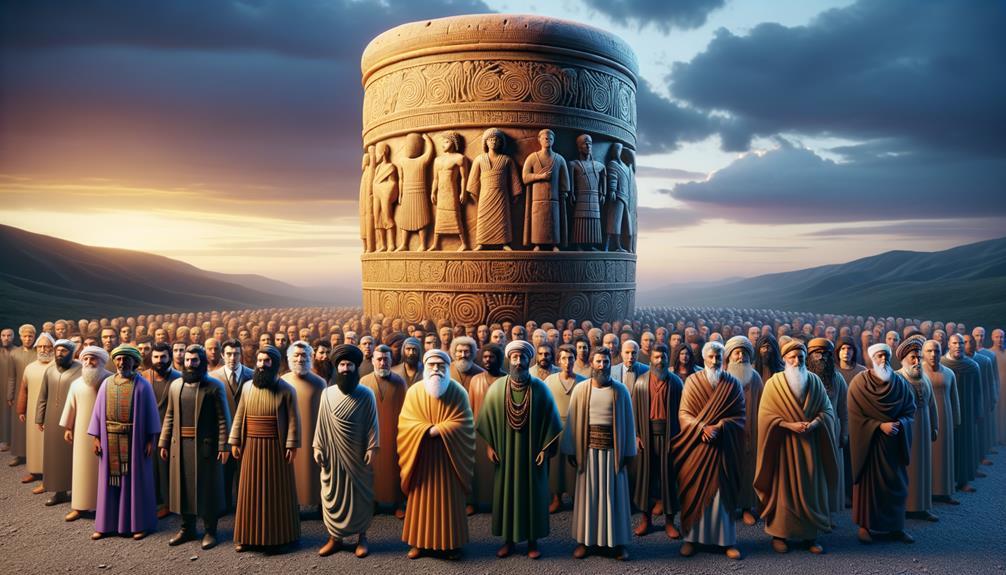Uncovered in the Ésagila temple of Babylon back in 1879, the Cyrus Cylinder is regarded as the first-ever universal declaration of human rights. This age-old clay cylinder, inscribed with Akkadian cuneiform script, is a testament to King Cyrus the Great's extraordinary policy of honouring religious freedom and cultural diversity. This happened after he conquered Babylon in 539 BC. Interestingly, this ancient symbol of inclusivity and respect for different faiths echoes the fundamental principles of today's human rights – even in this day and age. If we delve deeper, we can see how these age-old principles continue to have a deep impact on our current discussions about cultural and religious freedoms.
The Historical Context of Cyrus Cylinder
In 1879, a fascinating discovery was made in the ruins of Babylon's main temple, the Ésagila. It was the Cyrus Cylinder, a historical artifact that has given us a glimpse into the past. This baked clay cylinder, scripted in the Akkadian cuneiform, is a testament to Cyrus the Great's successful takeover of Babylon in 539 BC.
And here's an intriguing fact – this cylinder was found by Hormuzd Rassam. It's not just an account of past events. It's a look into the policies that Cyrus put into place after his victory. These strategies were all about creating harmony and rebuilding what had been destroyed. It's like a time capsule, really, showing us a significant shift in Babylon's history.
This cylinder, also known as a foundation deposit, was a common way to commemorate significant happenings back then, like the Persian conquest. What makes it truly special, though, is the insight it offers into the mind of Cyrus. His policies, as described on the cylinder, signify a move from a time of war and destruction to a period of restoration and peace. That's a pretty big deal in the history books of Babylon.
Detailed Description and Translation
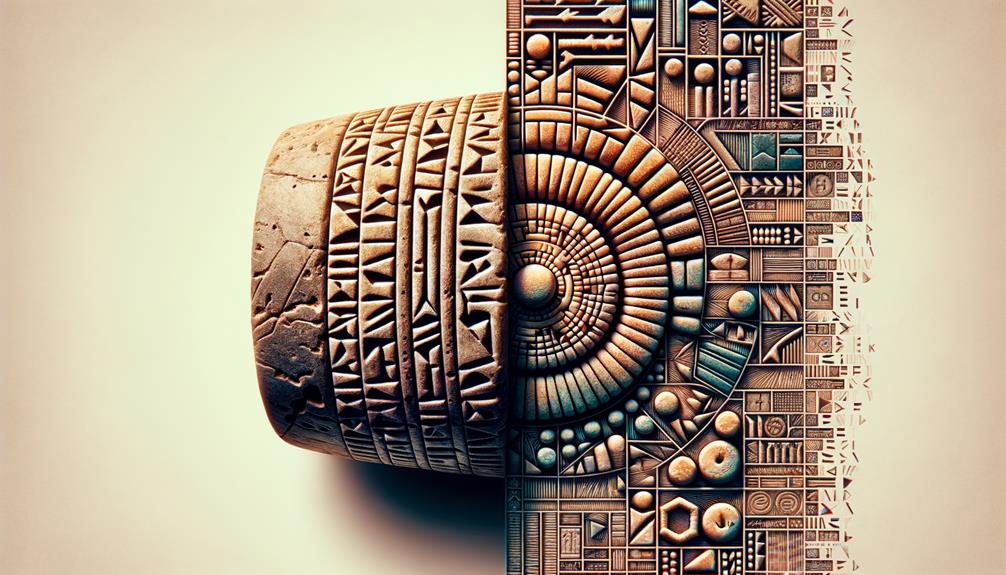
Let's chat about an engaging piece of ancient history, the Cyrus Cylinder. This is a cylindrical clay artifact that has been etched with Akkadian cuneiform script, providing a detailed account of King Cyrus the Great's reign and policies. It offers a fascinating insight into the king's method of ruling.
- The etched writings commend Cyrus, disapprove of King Nabonidus, and appeal to the deity Marduk.
- They give an account of how Cyrus restored tranquility in Babylon after his conquest.
- The inscription, which spans 45 lines, accentuates Cyrus's regard for Babylonian customs.
- The Cylinder is recognised as a symbol of religious acceptance and cultural diversity.
- Some interpretations associate it with principles of human rights, attributing this to Cyrus's forward-thinking policies.
This artifact offers a distinct perspective of ancient Babylon during the time of Cyrus's rule.
Interpretations and Significance
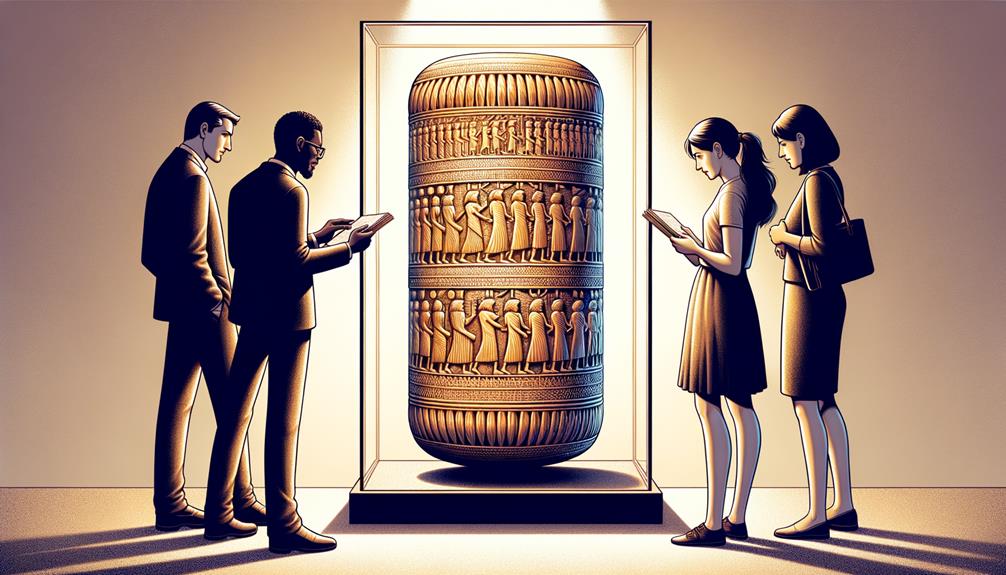
Taking a closer look at the Cyrus Cylinder, it's pretty amazing to realize that this ancient artifact holds what some consider to be the world's first declaration of universal human rights. Can you believe it? This ancient clay cylinder, inscribed in an old form of the Akkadian language, tells the story of King Cyrus's takeover of Babylon. What makes it truly special, though, is what King Cyrus did after his victory.
Instead of imposing his own religious beliefs on the conquered people, Cyrus allowed those who had been exiled by Babylon's previous rulers to return to their homelands and restore their places of worship. This wasn't just a clever move to keep the peace; it was a clear statement of respect for religious diversity. And that respect became a defining feature of the Achaemenid Empire, one of the most culturally diverse empires of the ancient world.
There's been a lot of discussion among scholars about the meaning of the Cyrus Cylinder. Was it a one-time decree, or was it a statement of a broader policy of religious freedom? Regardless of the answer, one thing is clear: the Cyrus Cylinder stands as a powerful symbol of the early recognition of human rights, especially religious freedom, in ancient societies.
Cyrus Cylinder and Modern Human Rights
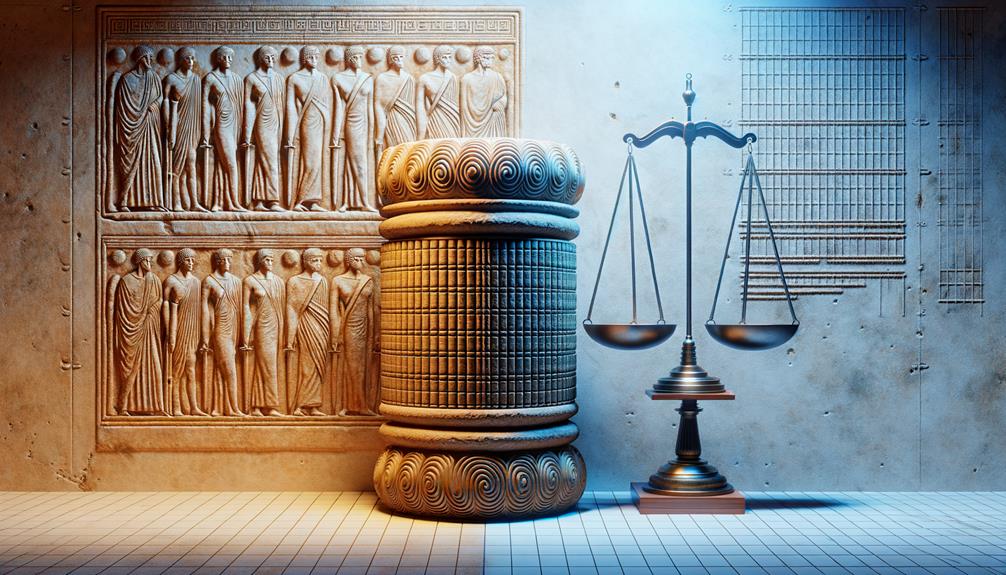
When we put the Cyrus Cylinder under the microscope, we see how it's a mirror reflecting modern human rights. It's amazing to think that this piece of history, from way back in 539 B.C., carries messages that still hit home today. King Cyrus, the big boss of the time, had his rules etched on the cylinder in Akkadian cuneiform. His rules were all about respecting different religions, letting people worship as they wished, and celebrating the diverse cultures in the Achaemenid Empire.
- The Cyrus Cylinder is like a time capsule, holding ancient human rights that match our modern ones.
- King Cyrus was all for religious acceptance, giving people the freedom to worship as they wished.
- The Akkadian cuneiform script on the cylinder tells the story of Cyrus's victory over Babylon.
- The cylinder is proof of the Achaemenid Empire's cultural diversity.
- Cyrus's ideas still echo in today's discussions about human rights.
Display and Exhibition History
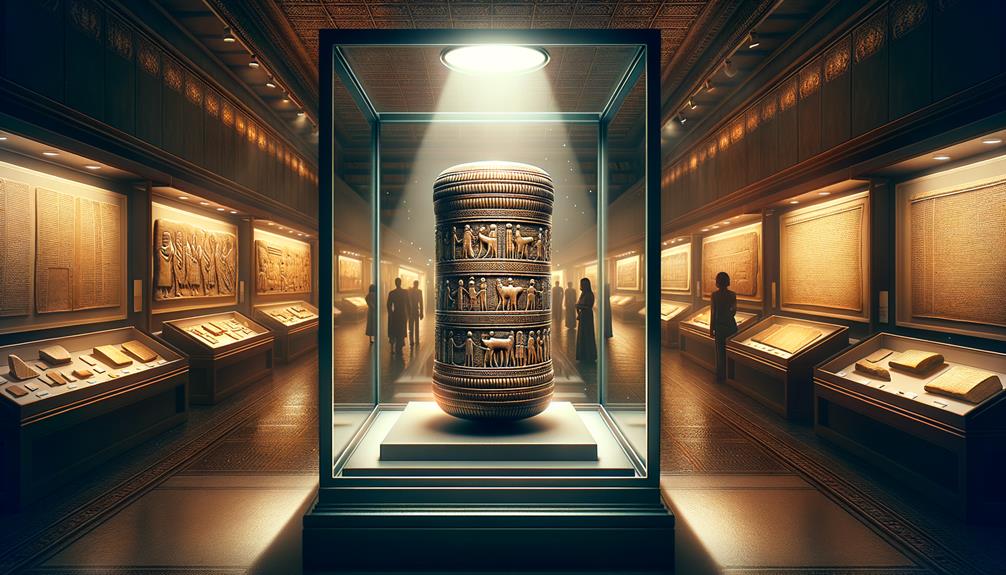
The Cyrus Cylinder's historical significance is irrefutable. Yet, it's also worth noting how its display and exhibition history has played a pivotal role in making it globally recognized and influential. You'll find the Cylinder in the British Museum, where it's presented to the world, making a clear statement about its historical value.
But that's not the only place it's displayed. The UN Headquarters also exhibits the Cylinder, sending a strong message about its international relevance. Further, the Cylinder's numerous appearances in international exhibitions have helped bring attention to its rich cultural background.
Here's a quick rundown of the Cylinder's exhibition history:
| Exhibition Venue | Purpose |
|---|---|
| British Museum | To present the Cylinder's historical importance |
| UN Headquarters | To underscore its global relevance |
| International Exhibitions | To bring attention to its cultural heritage |
| Public Showings | To reach a broader audience |
| Educational Institutions | To facilitate a deeper academic understanding |
Every time the Cyrus Cylinder is put on display, it serves as an educational tool, reminding us of our shared history of human rights. It's all about learning from our past to better our future.
Frequently Asked Questions
What Was the Significance of the Cyrus Cylinder?
Why does the Cyrus Cylinder matter, you might ask? Well, it's a pretty big deal because it's one of the earliest examples of humanitarian ideals we have. Imagine that, an artifact from ancient times promoting the very values of religious freedom and tolerance that we hold dear today. It's like a historical roadmap that has shaped the way we understand these principles today. Isn't that fascinating?
How Did the CyrUS Cylinder Influence US Citizens?
You know, the Cyrus Cylinder had a pretty big impact on the principles that our country was built on. It promoted ideas like religious freedom and tolerance, which you can see reflected in our Constitution and Bill of Rights. The Cylinder's support for equality and cultural diversity? That's something that really jives with the American spirit.
What Is the Connection Between the CyrUS Cylinder and the US Constitution?
You know, it's fascinating to think about how the Cyrus Cylinder might have shaped the U.S. Constitution. The Cylinder's focus on religious freedom and racial equality seems to resonate in the U.S. Bill of Rights. It's like both documents are singing the same tune about individual rights. Isn't it intriguing how these principles connect two different times and places?
What Was Cyrus the Great Known For?
You know, Cyrus the Great really set the bar high when it came to leadership. He was all about freedom, fairness, and acceptance. He's most remembered for liberating slaves and promoting religious freedom, which was a big deal back then. These practices of his played a huge role in shaping the Achaemenid Empire into a truly multicultural society.

